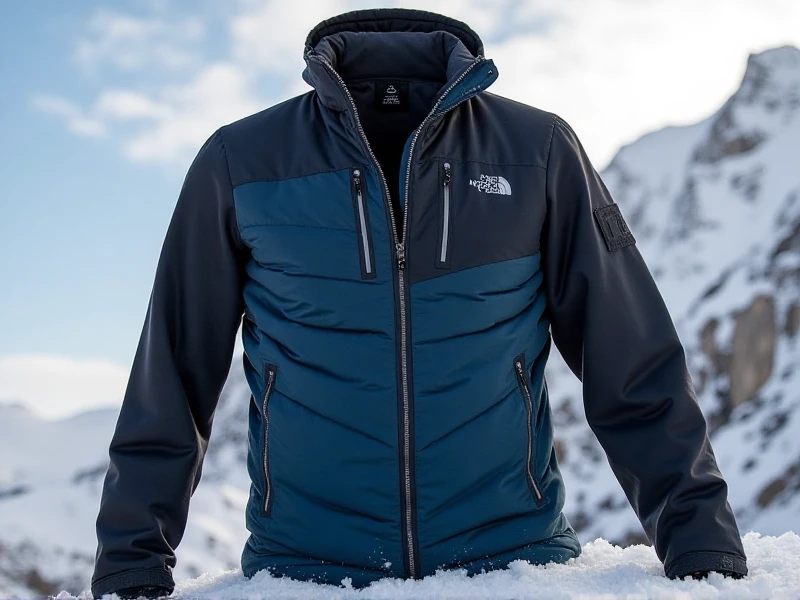The Ultimate Guide to Men's Outdoor Backpacks for Every Adventure
2025-06-10

Choosing the right men's outdoor backpack isn't just about carrying gear; it's about enhancing your entire adventure. Whether you're tackling rugged mountain trails, setting up a remote campsite, or embarking on a multi-day trek, the perfect pack becomes an extension of yourself – comfortable, functional, and utterly reliable. With the vast array of options available, finding the ideal one can feel daunting. This guide breaks down the key considerations to help you select the best men's outdoor backpack for your next excursion.
Understanding Backpack Capacity: Size Matters
The cornerstone of selecting a men's hiking backpack is capacity, measured in liters. Your choice hinges heavily on trip duration and activity type:
1. Day Hikes (15-35 Liters): Ideal for short adventures close to civilization. Look for packs focused on hydration reservoir compatibility, small snack storage, wind/rain layer compartment, and organizational pockets for essentials like a phone or sunscreen. Many modern designs seamlessly transition into durable everyday backpacks.
2. Overnight/Weekend Trips (35-55 Liters): The most versatile range for most men. Capable of carrying a sleeping bag (possibly attached outside), a compact tent, sleeping pad, cooking gear, food for 1-3 days, spare clothing, and water. Perfect for backpacking weekenders and tough trail backpacking packs.
3. Multi-Day Treks (55 Liters): Engineered for expeditions requiring significant gear volume. Features extensive suspension systems to manage heavy loads effectively, multiple external attachment points (like daisy chains and gear loops), robust frames, and often expandable collars. Essential for true rugged expedition backpacks for men.
The Backbone of Comfort: Suspension and Fit
No matter the capacity, a poorly fitting heavy-duty outdoor bag will ruin your trip. Prioritize fit:
Torso Length: Critical! Measure your spine from the iliac crest (top of your hip bone) to the C7 vertebra (bump at the base of your neck). Packs come in S, M, L torso lengths. Getting this right ensures the hip belt sits perfectly.
Hip Belt & Load Transfer: The primary weight-bearing element must wrap snugly over your hip bones. Wide, well-padded belts with a stiff internal frame (or stay) efficiently transfer 80% of the load off your shoulders onto your stronger hips – a hallmark of long-lasting backpacks for men.
Shoulder Straps & Sternum Strap: Shoulder straps should contour comfortably without pinching. Adjustable sternum straps improve stability, while load-lifter straps (connecting the top of the pack to near your shoulders) help pull the load closer to your center of gravity.
Ventilation: Back panels with mesh against your back create crucial air flow, significantly reducing sweat build-up during strenuous hiking – a key feature in performance outdoor gear bags.
Essential Features for Functionality
Beyond capacity and fit, consider these crucial features in a reliable men's adventure pack:
Material & Durability: Look for high-denier ripstop nylon or polyester fabrics, especially on the base and high-wear areas. Lighter packs might use lower deniers for weight savings, but sacrifice some long-term abrasion resistance. Reinforced stitching is vital. DWR (Durable Water Repellent) coatings are standard; an integrated rain cover is a significant plus for true all-weather adventure packs.
Access Points: Top-loading is classic. Panel or front-loading offers easier access to gear buried in the main compartment. Bottom zips (sleeping bag compartments) are common. Choose what suits your packing style.
Organization: Multiple compartments help keep gear sorted. Key pockets include hip belt pockets (for snacks, phone, sunscreen), internal sleeve for hydration reservoirs (with external hose port), external water bottle pockets (angled for accessibility), stuff-it pockets (for damp layers), gear loops, and trekking pole/ice axe attachments. A dedicated men's tech storage backpack section within is increasingly popular.
Weight: Lighter weight fabrics and minimalist designs reduce fatigue, but balance this with durability needs. Ultralight packs often require more careful packing.
Specialized Packs for Specific Adventures
Ultralight Backpacking: Designed for minimalists cutting ounces (<35L often). Use lightweight materials, simpler suspensions, and fewer features.
Climbing/Mountaineering: Feature reinforced haul points, streamlined designs to prevent snagging, dedicated gear loops and specific ice tool/axe attachments.
Hydration Packs: Typically smaller (10-15L), focused entirely on comfortable hydration reservoir carry, offering minimal gear storage. Often part of sports hydration packs.
Finding Your Perfect Pack
1. Define Your Primary Use: Where will you use it most? Day hikes? Weekend trips? Thru-hikes?
2. Measure Your Torso: This is non-negotiable for comfort.
3. Set Your Budget: Quality practical men's travel packs range considerably. Invest in fit and durability.
4. Research & Shortlist: Look for brands renowned for outdoor gear (like Osprey, Gregory, Deuter, The North Face, REI Co-op). Read targeted reviews focusing on your intended use and fit notes.
5. Try Before You Buy! Load prospective men's outdoor backpacks with significant weight (20-30lbs) at a reputable outdoor retailer. Walk around the store, adjust straps, and ensure the hip belt centers perfectly on your hips without riding up. Assess comfort meticulously – pressure points now become agony miles later.
The perfect men's outdoor backpack is out there waiting for you. By understanding capacity, prioritizing fit above all else, and identifying the features most critical to your adventures, you'll unlock greater comfort, confidence, and overall enjoyment on every outdoor journey. Gear up wisely!
Category: